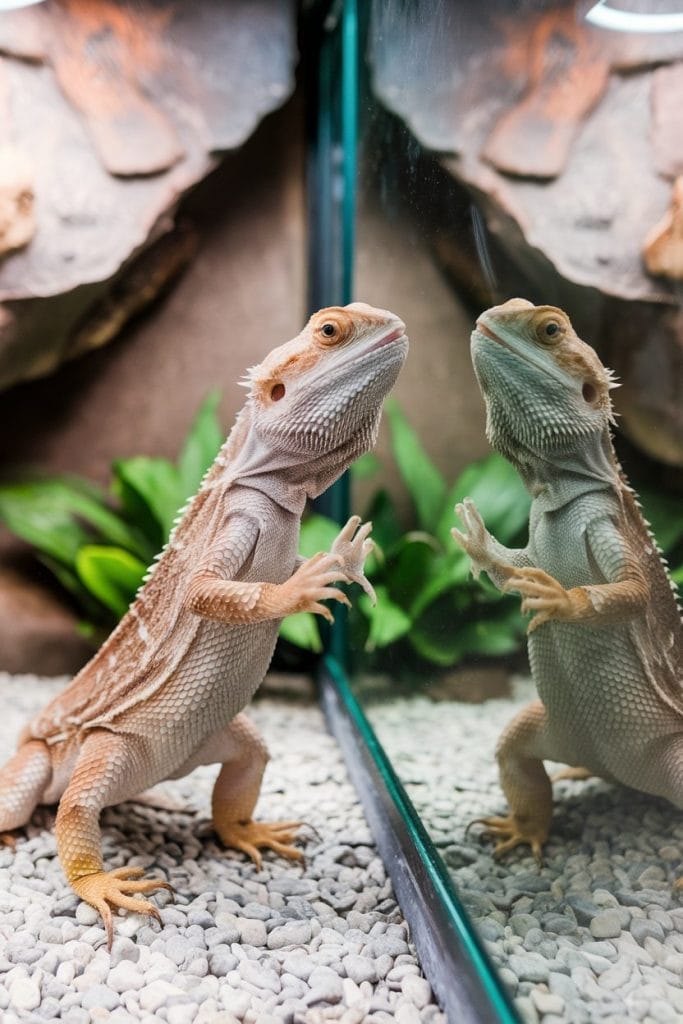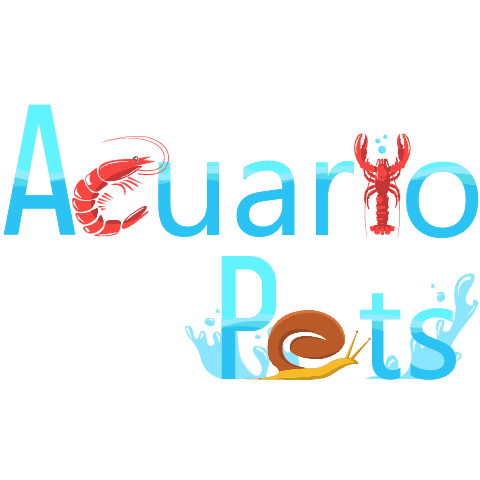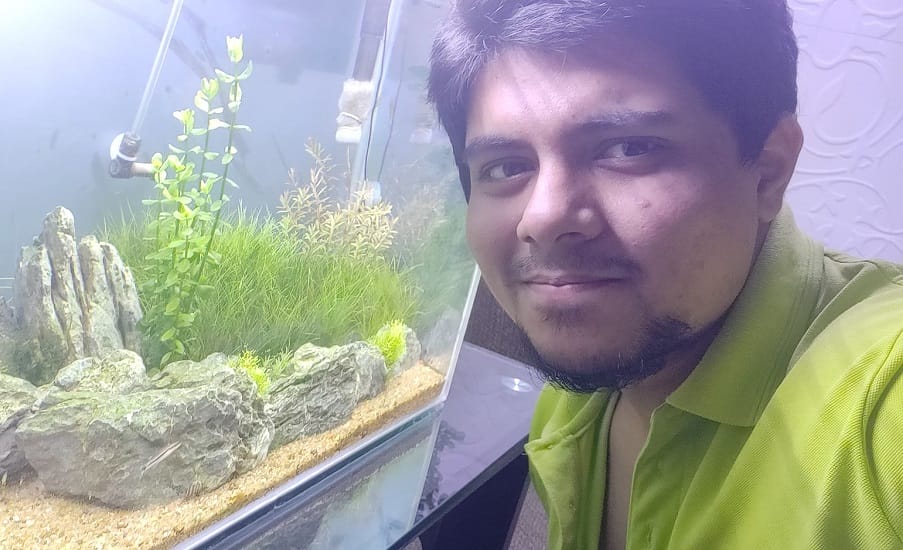This post was created with help from AI tools and carefully reviewed by a human (Muntaseer Rahman) . For more on how we use AI on this site, check out our Editorial Policy.
Check Out These FREE Tools We Made JUST For You!
15 Safe Plants Your Bearded Dragon Can Actually Munch On

Got a bearded dragon and thinking of adding some greenery to the tank? Or maybe you’re just wondering which plants your beardie can snack on without ending up at the vet?
Good call. Some plants are totally safe—and even healthy—for your dragon to eat or chill around. But others? Not so much.
Here’s a solid list of 15 plants that won’t mess up your beardie’s health. Some are tasty, some are just for looks, and all of them are safe.

15 Edible Plants Bearded Dragons Can Munch On
These 15 plants are not just safe—they’re also full of nutrients your bearded dragon needs. Some can be part of a regular diet. Others are better as occasional treats. Here’s the full breakdown:
1. Dandelion Greens
These are a top-tier staple. They’re rich in calcium and have a good calcium-to-phosphorus ratio. They also support digestion and bone health. Just make sure you’re picking them from a pesticide-free area.
2. Hibiscus (Flowers & Leaves)
The flowers are a beardie favorite—bright, soft, and a little sweet. The leaves are also safe and edible. You can grow hibiscus in a pot indoors to keep a regular supply.
3. Mulberry Leaves
Packed with fiber, iron, and protein. You can feed these regularly if you have a tree nearby. They’re especially good during shedding season to support overall health.
4. Grape Leaves
These are totally fine in moderation. They’re full of fiber and calcium. Just avoid feeding the grapes too often—they’re high in sugar and can cause tummy issues.
5. Collard Greens
These are a daily staple for many owners. They’re high in calcium and low in phosphorus, which is what you want. They also have a slightly bitter taste that beardies often enjoy.
6. Mustard Greens
A little spicier than collards but very nutritious. They’re high in calcium and vitamin A. Great for mixing into salads, but don’t use them as the only green every day.
7. Endive (Escarole)
Mild in flavor and gentle on the stomach. Endive is a good source of folate and vitamin K. It helps mix up the textures in your dragon’s diet.
8. Cilantro
This herb isn’t super high in nutrients, but beardies usually love the smell. It’s safe to offer a few times a week. Adds variety and scent stimulation to their meals.
9. Basil
Another herb that’s fine in small amounts. It’s safe but has a strong smell, so don’t be surprised if your beardie is either obsessed or totally disinterested. Use sparingly.
10. Rose Petals (Unsprayed)
If you grow roses or can find organic ones, the petals are safe. They’re colorful, fragrant, and fun for beardies to nibble on. Just don’t let them eat the stems or leaves.
11. Prickly Pear Cactus (Pads)
Known as nopales. After carefully removing the spines and outer skin, the soft inside is packed with moisture. Great for hydration, especially in hot seasons.
12. Squash Leaves
The young leaves of plants like zucchini or butternut squash are safe. They’re not as nutrient-dense as some greens but can be a nice addition here and there.
13. Turnip Greens
Super high in calcium and good for regular feeding. Just rotate with other greens since they’re also high in oxalates, which can bind calcium if fed too often.
14. Watercress
This one is nutrient-rich but peppery. Use in small amounts to avoid digestive upset. Great source of vitamin C and antioxidants.
15. Carrot Tops
The leafy greens from carrots are okay in moderation. They’re a bit high in oxalates, so don’t offer daily. But they add a nice crunch and some variety to salads.

Plants That Are Safe for Decoration (But Not Meant for Eating)
Not every plant in the tank needs to be food. Some just make the space look good. These are safe to keep around your bearded dragon, but they’re not meant to be eaten.
If your beardie takes a bite now and then, it’s usually fine—but don’t let them snack on these every day.
1. Spider Plant
Hard to kill and totally safe. It adds a bit of height and greenery to the enclosure. Your dragon probably won’t eat it, but it won’t hurt them if they do.
2. Jade Plant
It’s non-toxic in small amounts, but it’s better as a decorative piece. The thick leaves hold moisture and give a desert vibe.
3. Echeveria
A type of succulent that’s safe to have in the tank. It’s tough, clean-looking, and beardies usually ignore it.
4. Haworthia
Another compact succulent that fits well in dry enclosures. Not a food item, but not toxic either.
5. Tillandsia (Air Plants)
These need no soil and can be attached to rocks or driftwood. Totally safe and super easy to care for.


Your Beardie Has More to Say…
This article tells you WHAT to do, but do you know WHY your dragon needs it? Or what they’re thinking when you do it wrong?
Read the full rant (all 20 chapters of it) in: “What Your Bearded Dragon Wishes You Knew”
*Told by a very frustrated beardie who’s had ENOUGH of watching you guess.*
What to Avoid: Dangerous Plants for Bearded Dragons
Some plants look harmless but can actually mess up your beardie’s health. These can cause anything from mild stomach issues to serious poisoning. Don’t take chances—keep these out of the tank.
1. Ivy
Popular as a houseplant, but toxic to reptiles. Can cause vomiting and breathing issues.
2. Pothos (Devil’s Ivy)
Looks nice, grows fast, and is easy to care for—but not safe for bearded dragons. Can irritate the mouth and gut.
3. Aloe Vera
A little won’t hurt, but too much can cause diarrhea. The sap can also be irritating, so it’s best left out.
4. Philodendron
Common in homes, but dangerous to reptiles. Can cause mouth swelling, pain, and digestive problems.
5. Avocado Leaves
Avocado is bad news in every form—leaves, fruit, bark. Just avoid the whole plant. It can be toxic to many animals, not just reptiles.
Final Tips
Stick to pesticide-free plants only. Even safe plants can be harmful if they’ve been sprayed.
Always rinse new plants before putting them in the enclosure. Dirt, bugs, or chemicals can sneak in.
Rotate the greens to keep meals balanced and prevent nutrient imbalances. No single plant should be the only food source.
If you’re not sure whether a plant is safe—don’t risk it. Just skip it.
And if your beardie ever eats something questionable, call a reptile vet fast. Better safe than sorry.
About Author
Hello, I’m Muntaseer Rahman, the owner of AcuarioPets.com. I’m passionate about aquarium pets like shrimps, snails, crabs, and crayfish. I’ve created this website to share my expertise and help you provide better care for these amazing pets.
Disclaimer
This site is owned and operated by Muntaseer Rahman. AcuarioPets.com is a participant in the Amazon Services LLC Associates Program, an affiliate advertising program designed to provide a means for sites to earn advertising fees by advertising and linking to Amazon.com. This site also participates in other affiliate programs and is compensated for referring traffic and business to these companies.

